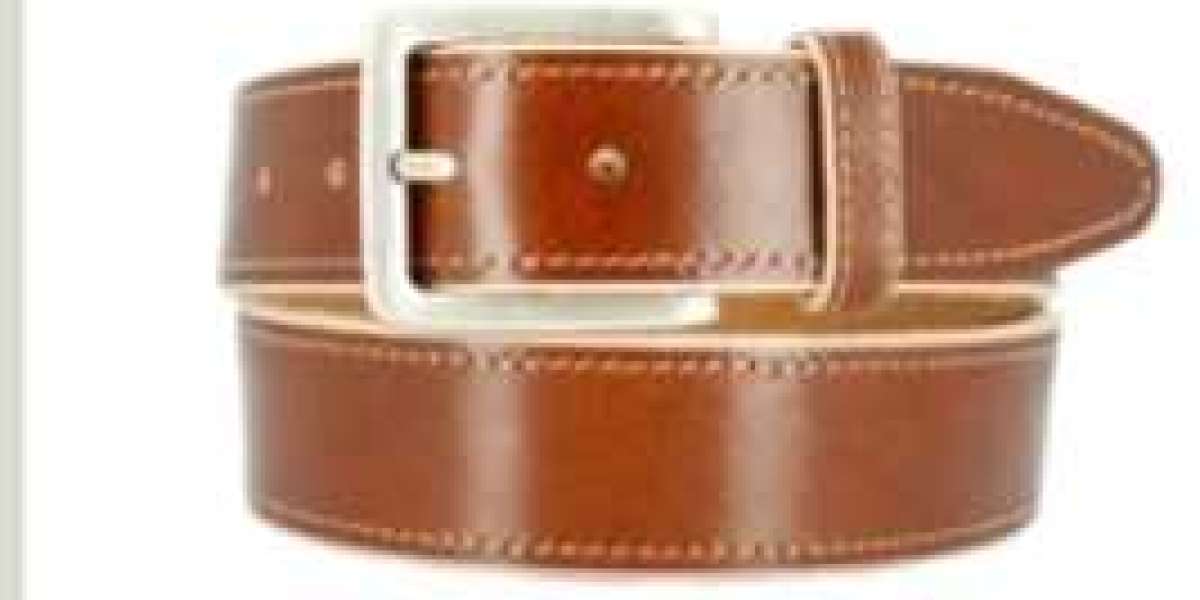Kids are full of energy, but maybe they can't always get out of trouble. It's like their self-protection system is kind of under construction. Take their love of outdoor fun, like soccer, basketball, skateboarding, biking - you name it. While they have fun at all of these activities, children's eyeglasses may not be as fun. Collisions, falls and accidents can put their glasses at risk.
It's not just out there; Even at home, the same glasses can get caught in the crossfire of siblings playing or excited pets, or they can accidentally bump into things around the house.
And, unlike adults, kids may not wear glasses as discreetly as we do; They can be placed at will, which can easily lead to damage. Therefore, it is necessary to choose unbreakable children's eyeglasses.
Resin is a kind of polymer compound with heat softening and plasticity. Resin lens is synthesized and processed by resin as raw material. The advantages of resin lenses are obvious. Lenses made of resin are lightweight and more comfortable to wear.
In addition, they also have strong impact resistance, and fracture resistance and ensure safety, which is ideal for children. In addition, resin lenses have good light transmission, allowing further processing to meet specific needs. Their affordability has made them the mainstream choice for lenses on the market. Suitable materials for children's eyeglasses
PC has a hard texture, is not easy to break, and can effectively prevent the lens from breaking during strenuous activities, so it is called a "safety lens". PC lenses are lightweight and offer excellent UV protection.
Nylon mainly uses TROGAMID CX, a specialized transparent polyamide. Nylon lenses have high elasticity and excellent optical quality, showing extraordinary impact resistance. They are extremely light, weighing only about a tenth of the same volume of glass and half the weight of conventional resin lenses. Suitable materials for children's eyeglasses
Search
Popular Posts
-
 What Makes WOL3D Coimbatore Your Best Choice for 3D Printer Filament Online?
What Makes WOL3D Coimbatore Your Best Choice for 3D Printer Filament Online?
-
 Explore Creativity with WOL3D Coimbatore's Best 3D Printers in Kerala
Explore Creativity with WOL3D Coimbatore's Best 3D Printers in Kerala
-
 Implement at least 2 hours of sports activities every day
By jessicp
Implement at least 2 hours of sports activities every day
By jessicp -
 The national operator is obliged to formulate the terms
By jessicp
The national operator is obliged to formulate the terms
By jessicp -
College Essay Conclusion: Tips for Writing One!
By cloudebaker



